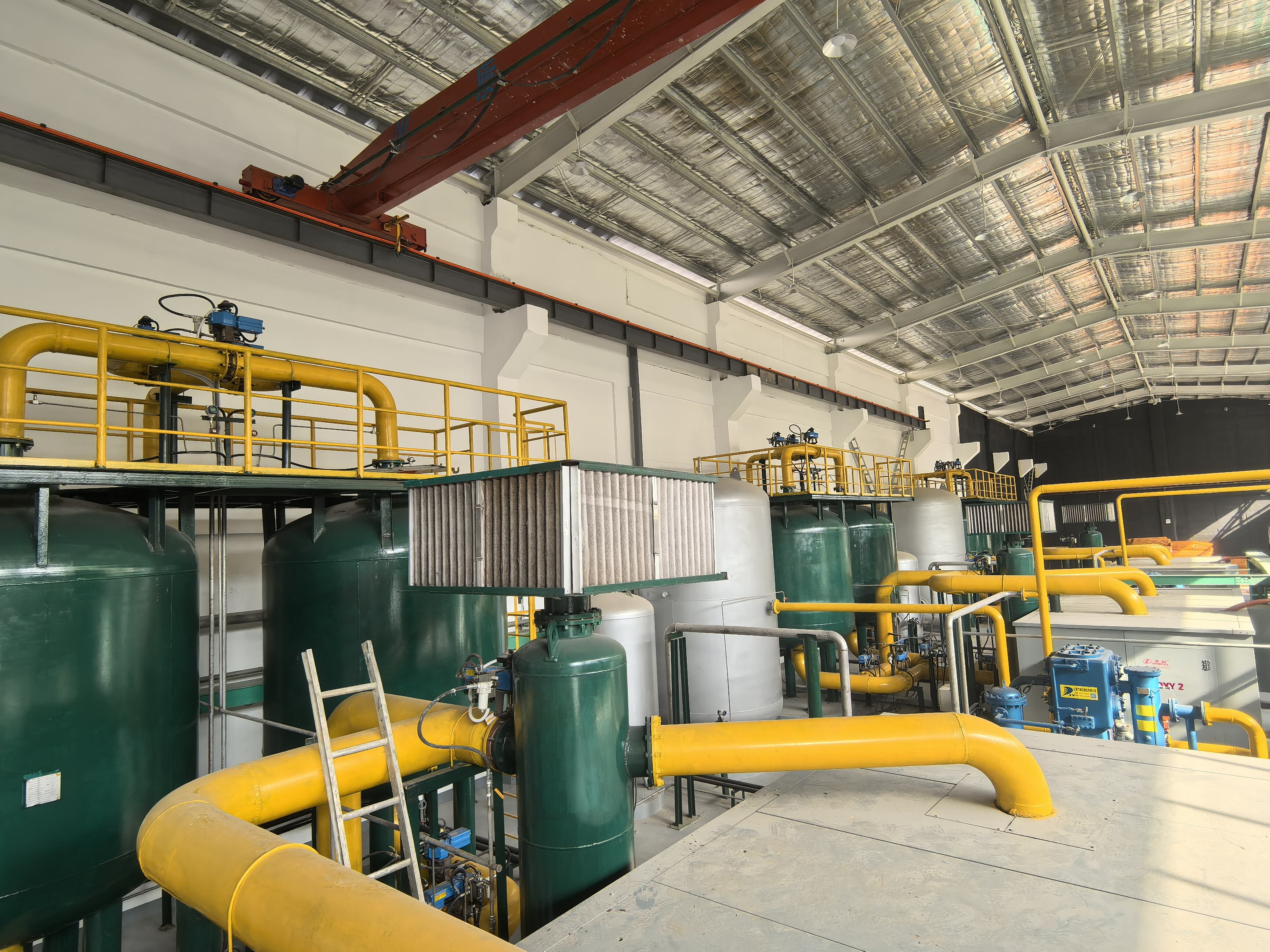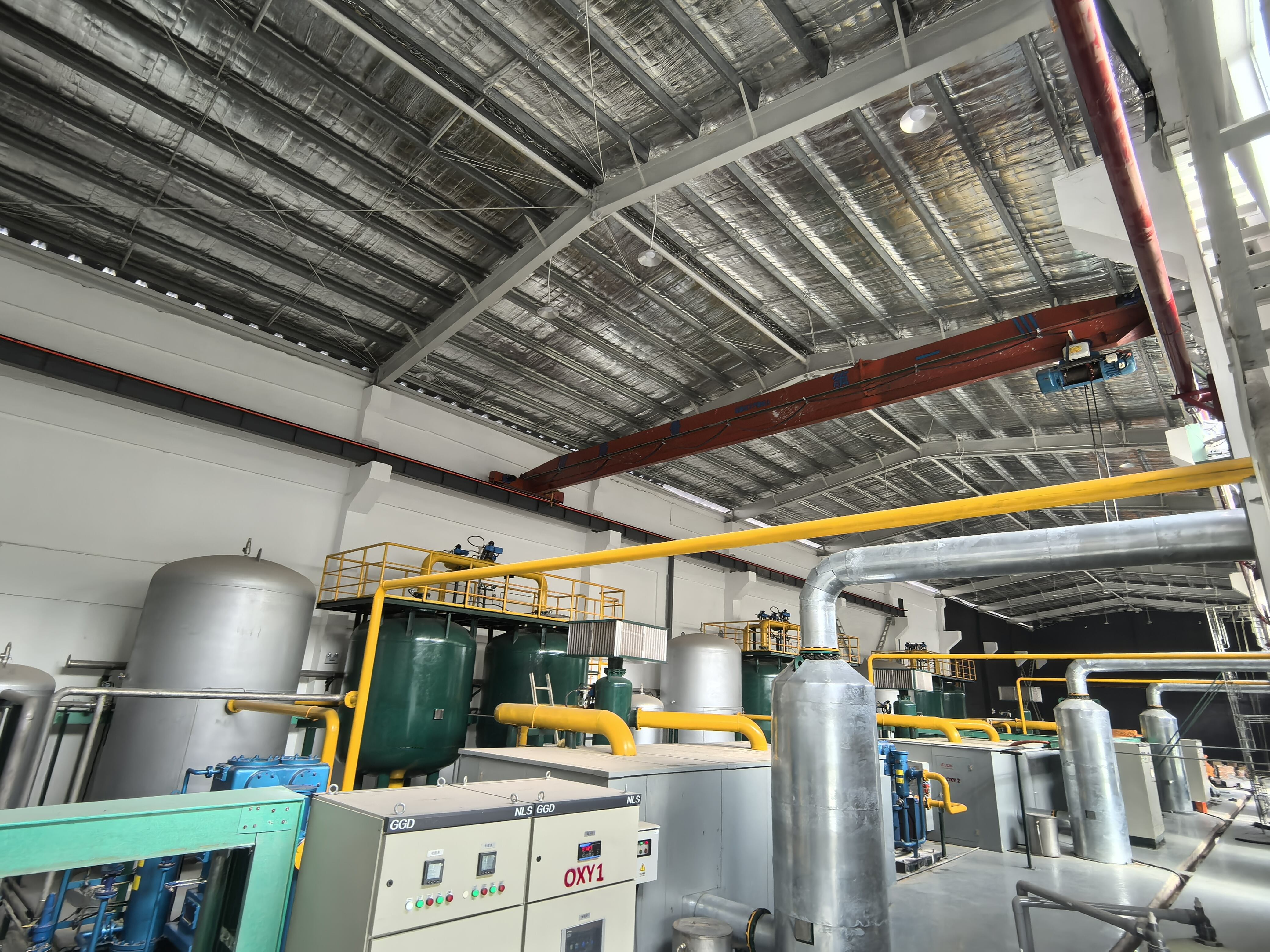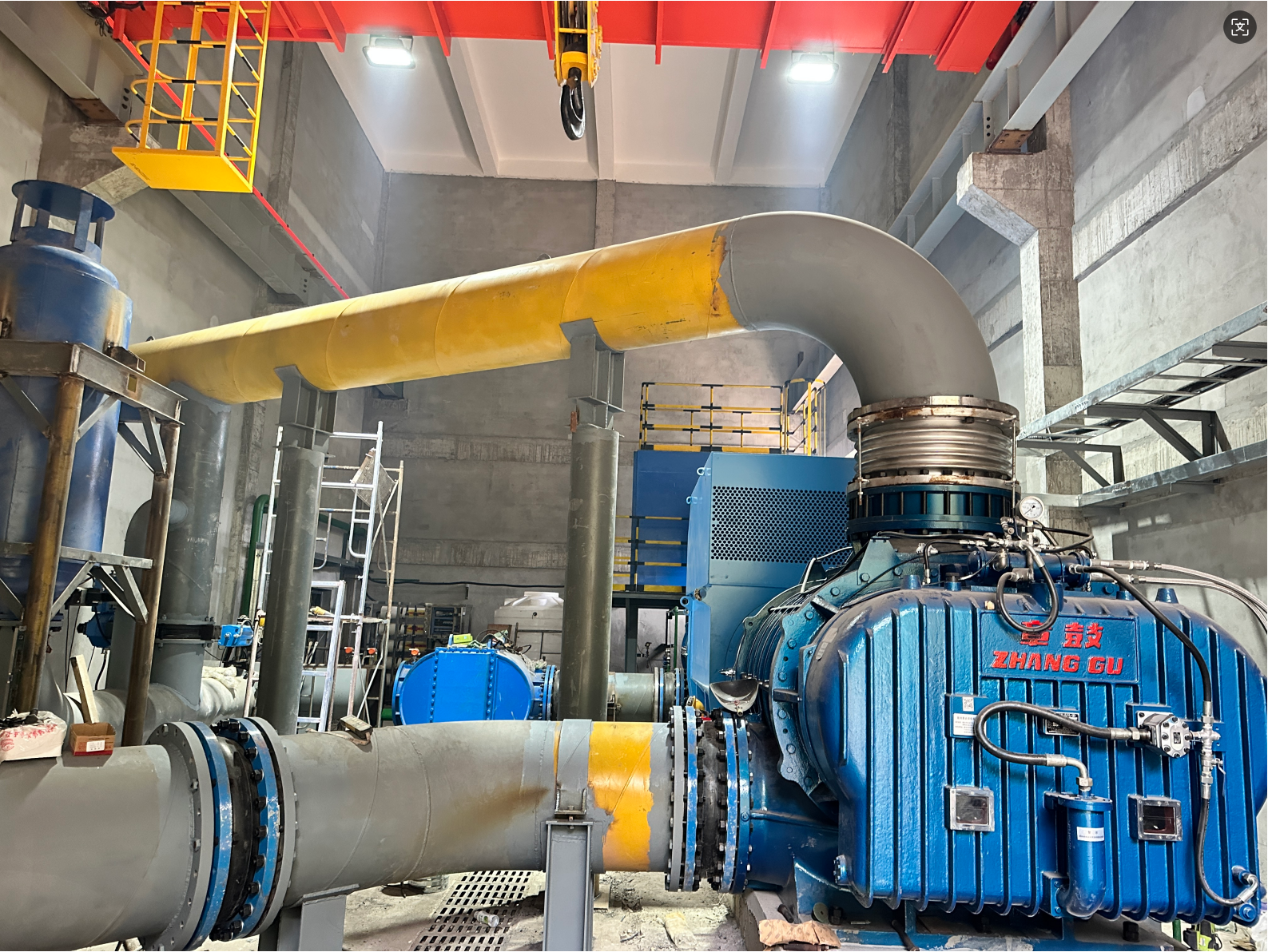vpsa oxygen plant
A VPSA (Vacuum Pressure Swing Adsorption) oxygen plant represents a cutting-edge solution for on-site oxygen generation, utilizing advanced molecular sieve technology to separate oxygen from ambient air. This sophisticated system operates through a cyclical process of pressurization and vacuum desorption, enabling efficient oxygen production with purity levels reaching up to 95%. The plant consists of essential components including adsorption towers, vacuum pumps, air compressors, and molecular sieve beds. Operating on the principle of selective adsorption, the system removes nitrogen and other gases while concentrating oxygen. The automated control system ensures continuous operation with minimal human intervention, monitoring crucial parameters such as pressure, flow rate, and oxygen purity in real-time. VPSA oxygen plants are designed to deliver consistent oxygen supply for various industrial applications, medical facilities, and manufacturing processes. The system's modular design allows for scalability, accommodating oxygen demands ranging from 100 to 10,000 Nm³/hour. Modern VPSA plants incorporate energy-efficient components and smart control systems, optimizing power consumption while maintaining reliable performance.


